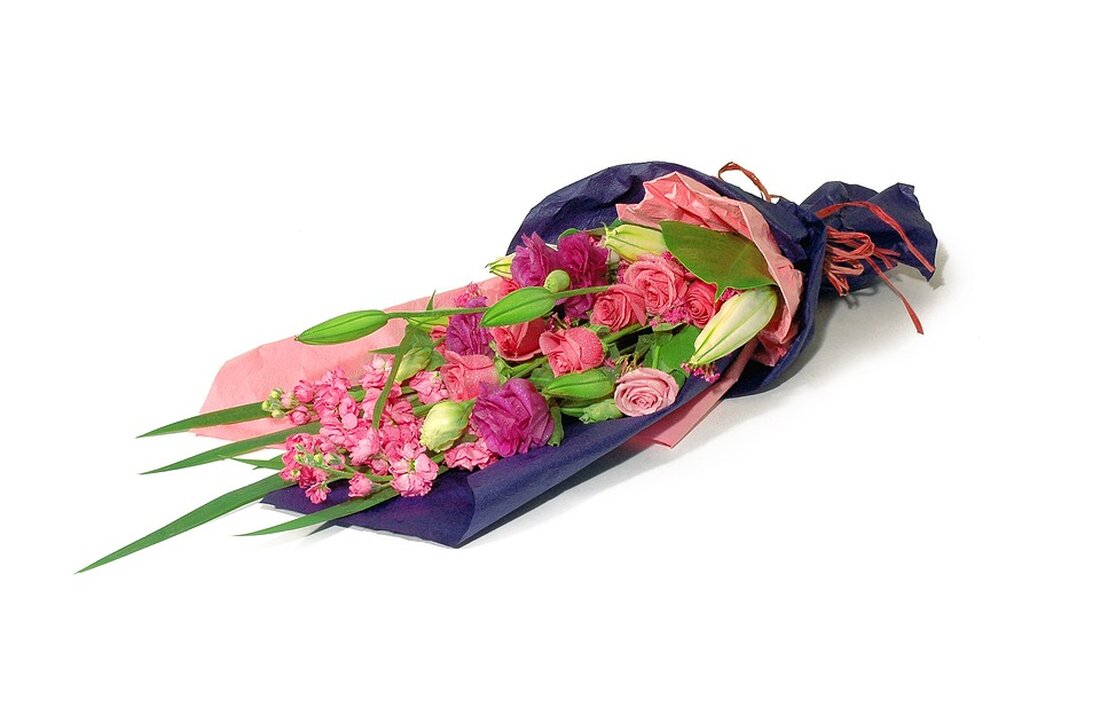Memorial ceremony for the millionsten war dead in Kaunas
Memorial ceremony for the millionsten war dead in Kaunas
The importance of Kauna's war graves in the context of trauma and memory
On August 27, 2024, a special ceremony will take place at the war roaster in Kaunas, which embodies the healing and memory of the victims of the Second World War. The Volksbund Deutsche Wargräberfürsorge has been solemnly buried there since the Feiser Curtain, Max Beyreuther's medical, as far as the Iron Curtain.
This embedding is of great importance for the community in Kaunas and beyond. It is not only understood as a mourning act, but also as an opportunity to appreciate the countless stories behind the numbers. The fallen Max Beyreuther, who lost his life at the age of only 32, was born in Saxony-Anhalt and left a woman. Despite the cruel circumstances of the war, its story shows the human side of a conflict that has shaped many generations.
The ceremony will attract numerous participants, including young volunteers of a work camp of the Volksbund, as well as members of a tour group. High -ranking guests are also represented: representatives of the German and Lithuanian messages, MPs of the Bundestag and members of the Army Music Corps Koblenz, who will contribute musically to the event.
But why is the event of the mill -tied war dead so important? This number has symbolic power and illustrates the ongoing difficulties in identifying fallen soldiers in Central and Eastern Europe. Since the end of the war graves agreement, the Volksbund has set itself the task of maintaining the memory of the fallen. This is done by the surrounding teams that work in parallel in different locations and create permanent structures of memory and reconciliation.
To identify Max Beyreuther and other victims of war, the Volksbund works closely with the Federal Archives in Berlin. The experts use directories and databases to determine the identity of the soldiers. Beyreuther was moved into the Wehrmacht in April 1943 and fought in the 5th company of the Panzer Enlightenment replacement and training department 1 before fell near Kelme in October 1944.
The embedding of the mill -fashioned war dead shows not only the tragedy of the war, but also the ongoing commitment of the community for memory and peace. Kaunas symbolically stands for all the places affected by the horrors of the war. This ceremony is a step towards understanding, reconciliation and a sign that we must not forget the teachings of the past.


Kommentare (0)